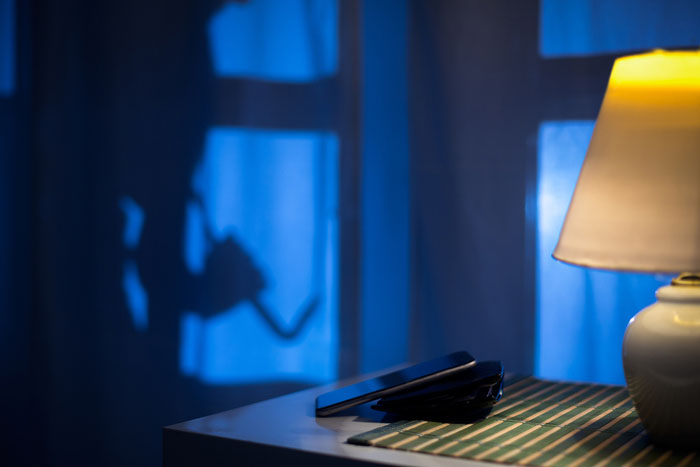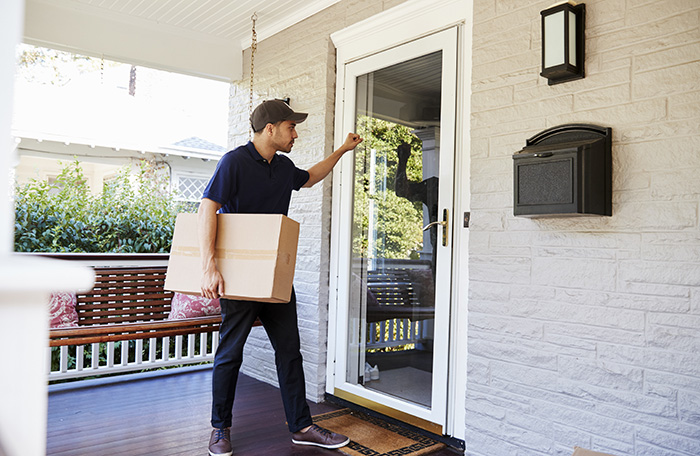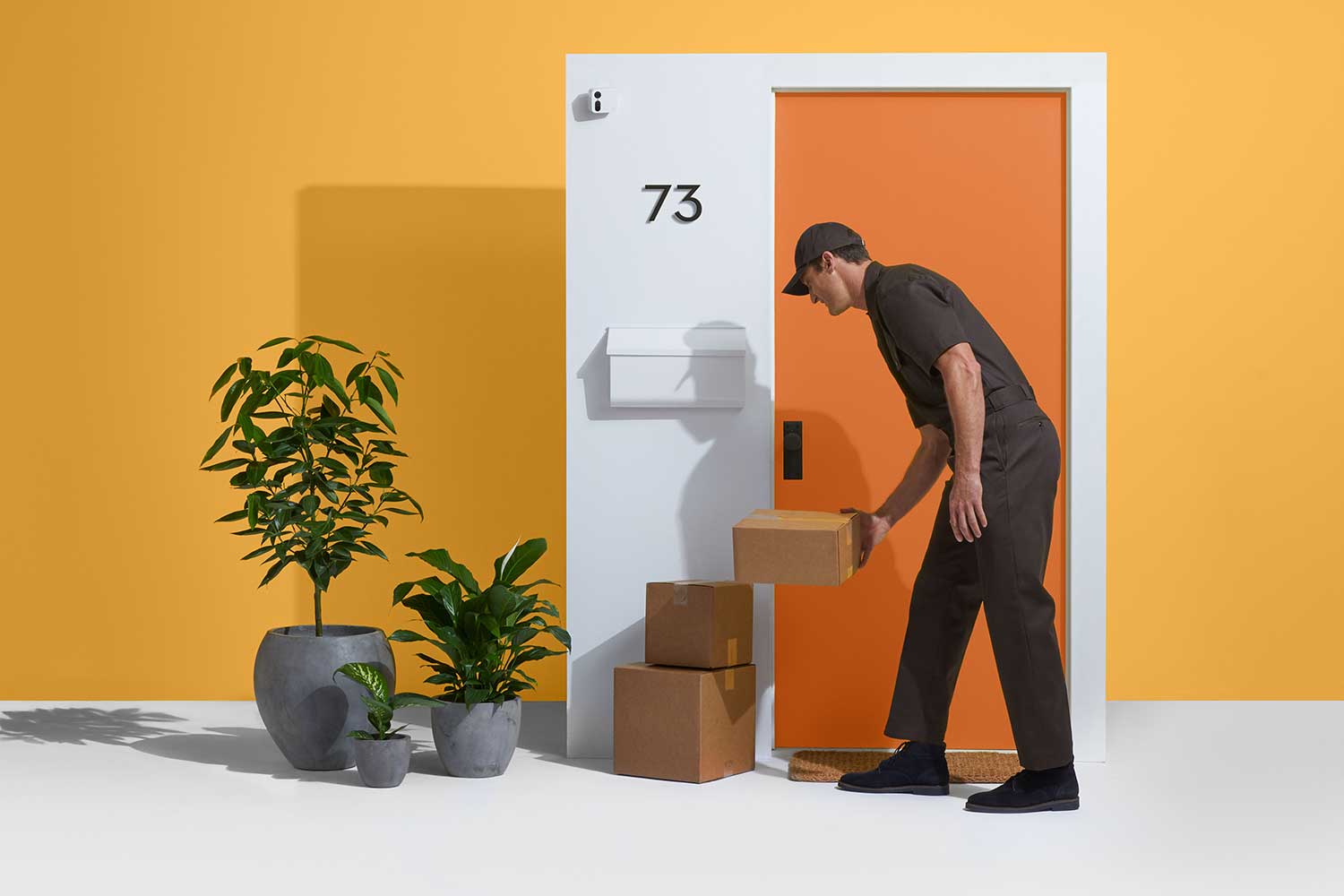7 Steps After a Home Break-In

We all hope it will never happen, but the statistics show that one burglary happens every 15 seconds. That’s about 2.1 million break-ins annually, with three-quarters of them happening in residential areas. What should you do if your home is broken into? Here are the 7 steps to take to remain safe after the unthinkable happens.
What should you do if your home is broken into? Here are the 7 steps to take to remain safe after the unthinkable happens.
 What should you do if your home is broken into? Here are the 7 steps to take to remain safe after the unthinkable happens.
What should you do if your home is broken into? Here are the 7 steps to take to remain safe after the unthinkable happens.Call the Police – 911
This is the first step. Don’t touch anything. Don’t look to see if anything was taken or damaged. Don’t look to see if anyone is still in the house. Go back to your car or to a neighbor’s house and dial 911.Time is critical for most crimes. The criminal may still be nearby. Your jewelry may not be at the pawn shop yet. Calling the authorities as soon as possible gives you a greater chance of finding the thief.Relay to the police any information you know. In what time range did the crime occur? Do you have security camera footage? If you saw the thief, what description can you provide (age, race, gender, clothing)? Which way did the thief go, and if seen driving, what kind of car was it? If you feel shaken up by the event, write down the details to preserve your first impressions.Look at Your Security Footage
Review your security footage to see what information you can gather about the criminal. You may have captured the robber’s face on the home surveillance video camera, which is extremely helpful to the police’s effort to catch the thief and recover your belongings.Take Inventory
Resist the urge to check your valuables until you get the all-clear from the police. Fingerprints are important evidence, and you don’t want to jeopardize the crime scene with your curiosity.You’ll also want to take photos after the crime has occurred. Documentation of a broken window or smashed television will be useful when working with your insurance company.Keep in mind that cash is the top target of most burglars (79%). This is followed by jewelry (68%), illegal drugs (58%), electronics (56%) and prescription drugs (44%).Keep a log of items that have been stolen or damaged. Expand on your initial list by adding information on item makes and models. Gather receipts for big-ticket items. Look through photos to gather pictures of important heirlooms.File an Insurance Claim
Call your insurer within 24 hours of the incident. You will need the police report to complete the claim, but you can get the ball rolling with your insurer. Depending on your policy, the insurer may offer emergency repair services to immediately address the broken window or door that the burglar used to gain entry. Later on in the claims process, you’ll work with an adjuster to assess all of the damaged and stolen items.Clean It Up
After the police and the insurer give the go-ahead, it’s time to start cleaning up the mess that was left. Get some trash bags, sweep up the broken glass and start putting your home back into proper order.If the cleanup is a big job, enlist your friends and family to help. If there is damage that needs to be addressed, call in professional help to get that hole in the wall patched or the entryway secured. You’ll likely feel much better after your space is set back to normal.If the thief had access to your banking or credit card information, notify your financial institutions and get new numbers for your accounts. A checkbook in your desk drawer or an old credit card statement may be enough information for a thief to continue robbing you after he or she has left the house.If you feel that enough personal information has been accessed for identify theft, you can put a freeze on your credit by contacting any one of the three credit reporting agencies. This will prevent anyone from opening accounts using your name and Social Security number. Take this precaution for any household member whose identity may have been compromised.Audit Your Security
What were the weak points in your home security? Now that you’ve seen what the burglar has done, it’s time to get tactical about assessing your home’s security. Ask the big questions and make smart decisions about how your home can be safer.Was your front door easily jimmied open? If so, look into installing a deadbolt for added protection.Were your security cameras angled in the best direction to catch the criminal’s face and actions? Look into how you can enhance your surveillance, maybe adding other indoor and outdoor cameras, like a doorbell camera.How long was the delay between when the crime occurred and when you discovered it? Smart home security systems provide real-time alerts to your mobile device.Were your valuables easy for the thief to lift? Consider installing a home safe to keep things safely stowed. At a minimum, look into how you can better hide cash and valuables.In a University of North Carolina study, security alarms were 53.3% effective in deterring burglars. Similarly, outdoor cameras had a 50.3% deterrence rate. The highest deterrence, however, is having police nearby, which is 64.4% effective as a deterrence.Home Security Tips
- Smart home security systems, such as Ooma Home Security, are examples of how technology has made it easier to have a secure home. No longer is it necessary to hire professionals to install a security system or wire your installation.
- Using a network of easy-to-install wireless sensors and cameras, it’s easy to create a DIY home fortress. The system can be outfitted with a network of up to 100 motion detectors and surveillance cameras. The mobile app is your command center, where you can customize your system and access your “home” or “away” status.
- Additionally, real-time notifications are available via a phone call, SMS, email alert or app notification. These alerts can let you know as soon as motion is detected so the police can arrive at your home while the burglar is still inside.
- For more information, visit Beginner’s Guide to DIY Home Security



